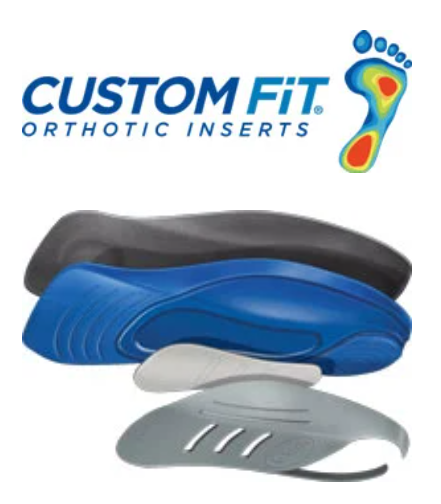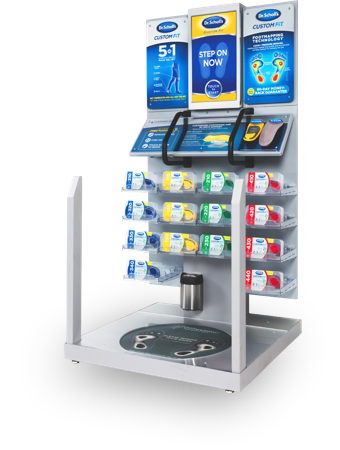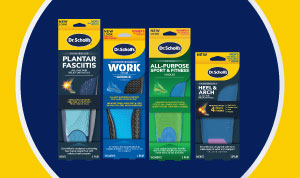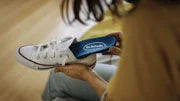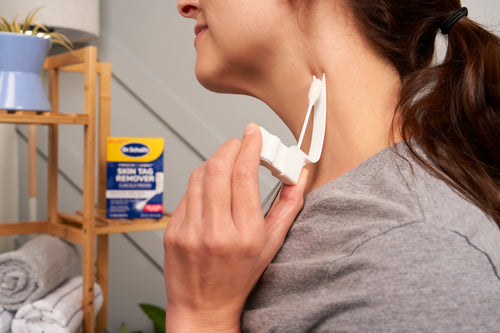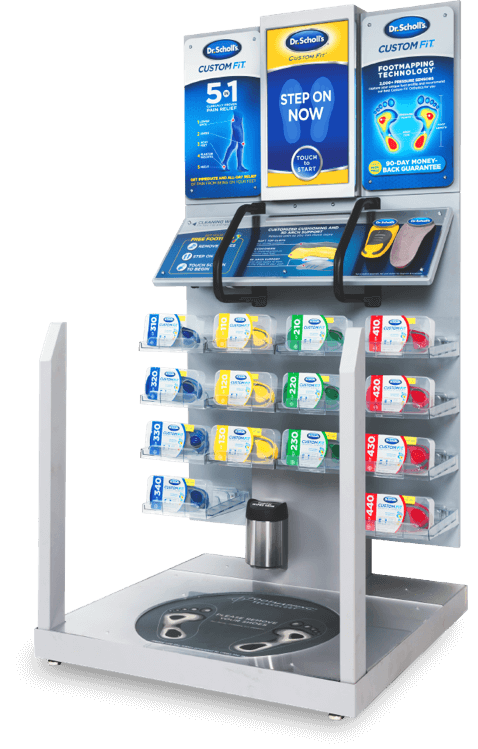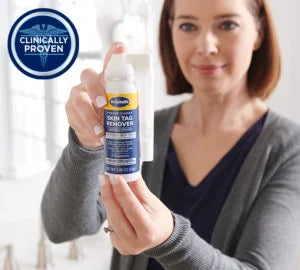An ingrown toenail occurs when the edge of the toenail begins to grow into the skin. An ingrown toenail can also develop when the skin on either side of a toenail begins to grow over the top of the nail edge. Ingrown toenails are also known by the medical terms onychocryptosis and unguis incarnates.
At the first stage of a mild ingrown toenail, the area around the nail typically feels tender, swollen and hard to the touch. As the ingrown toenail progresses, the affected skin may become infected, appearing red and inflamed. Infected ingrown toenails may also feel hot, ooze pus and give off a foul odor.
Ingrown toenails are common, especially in teenagers and young adults. They occur most frequently on the big toe, but they can develop on other toes as well, including the pinky.

